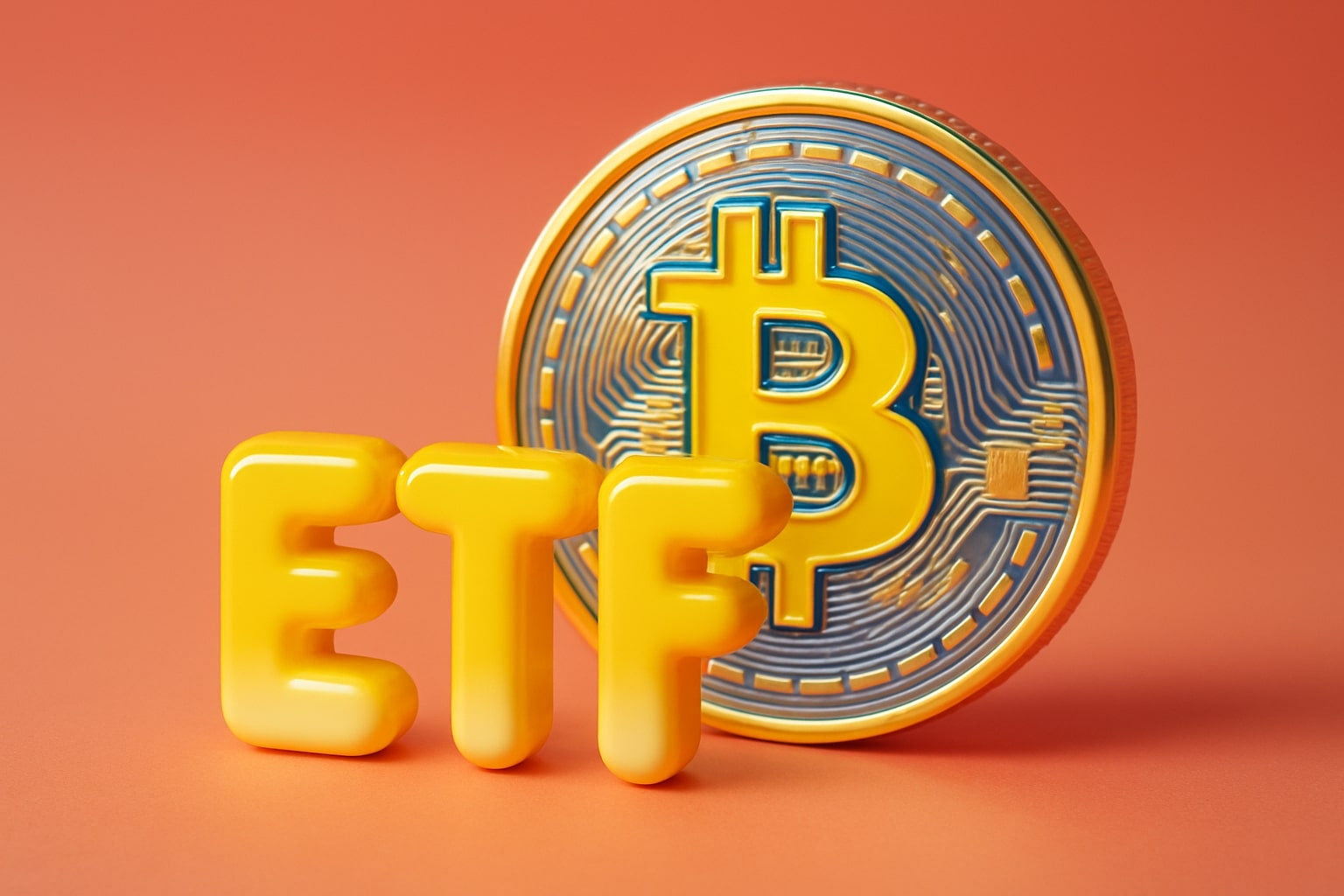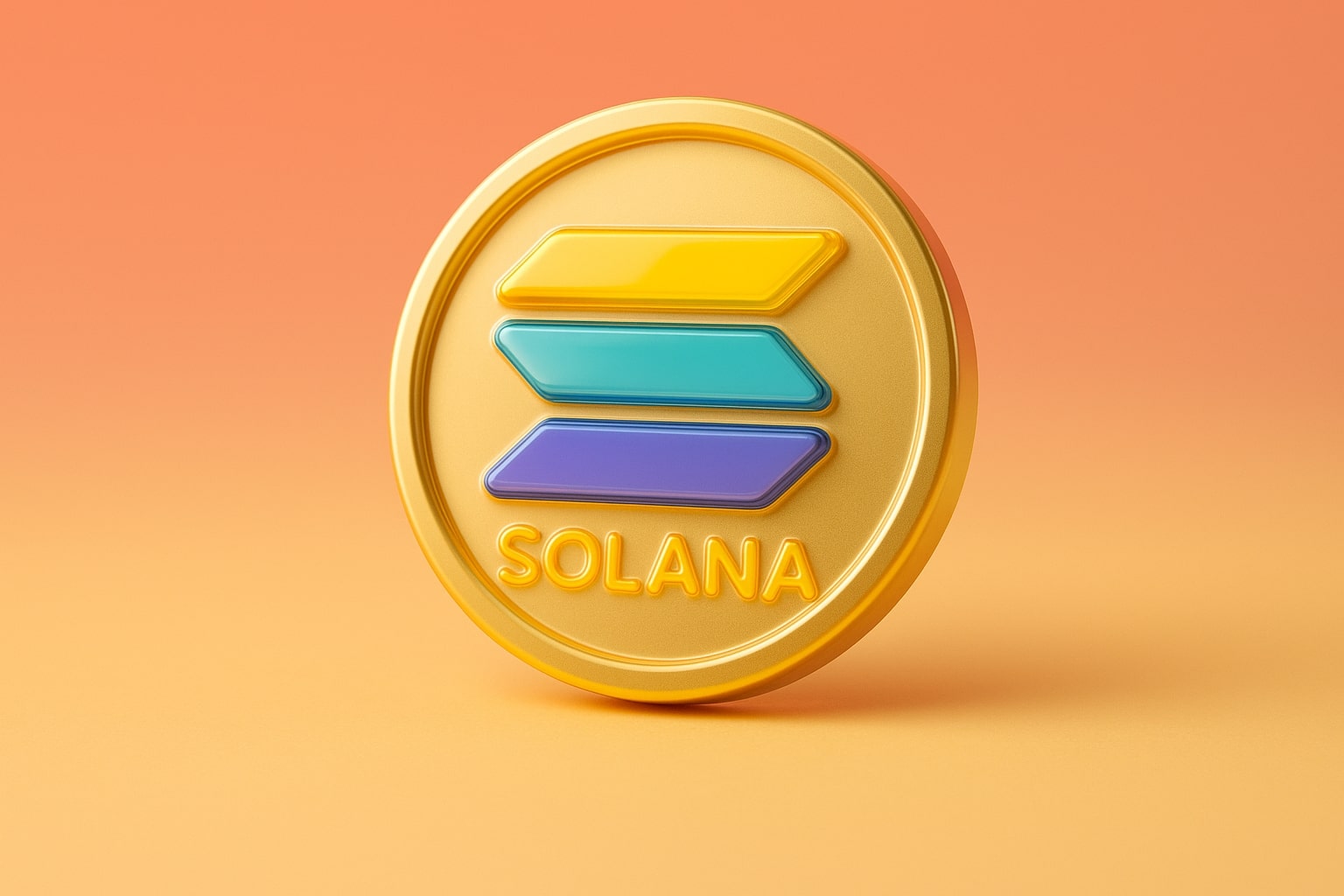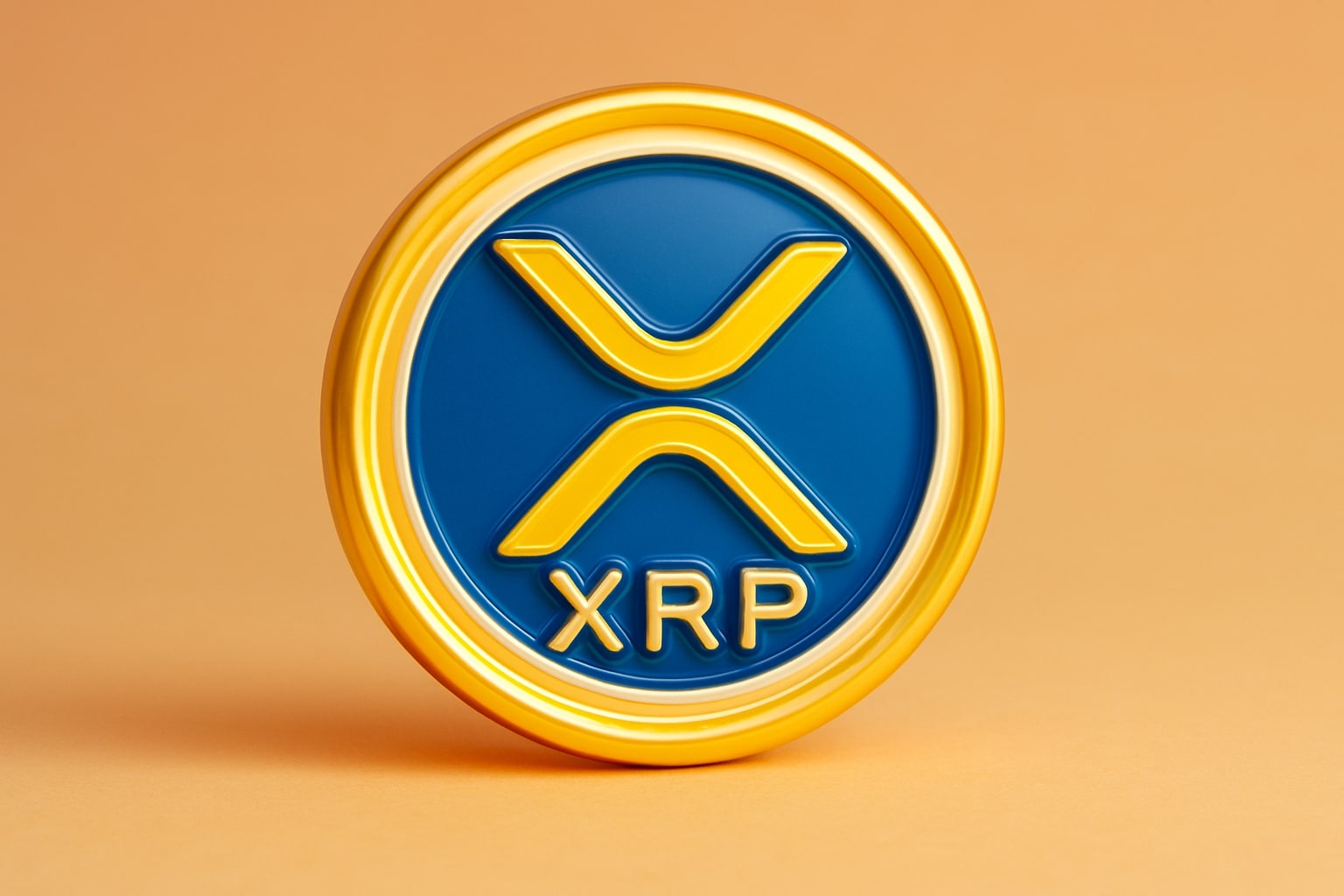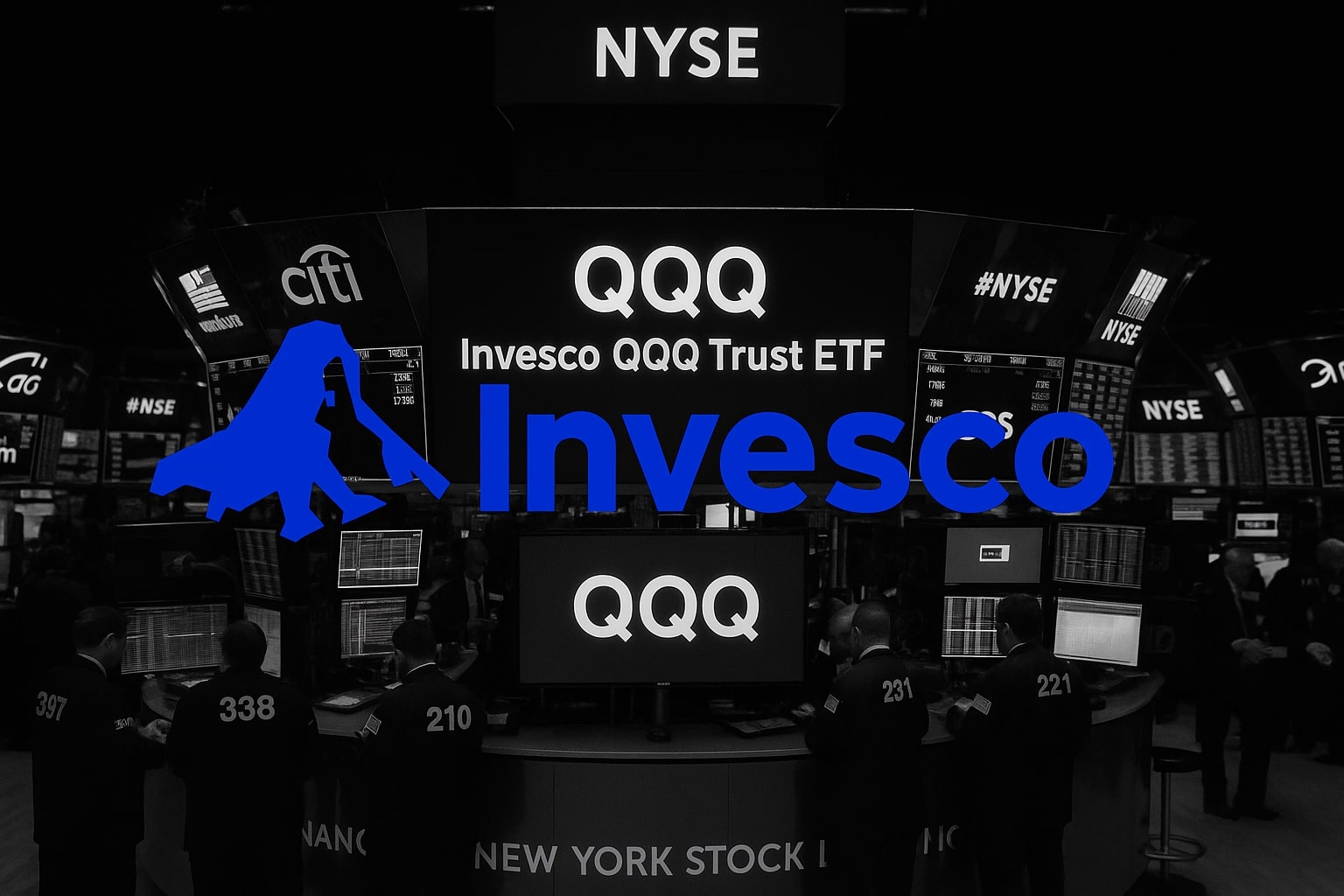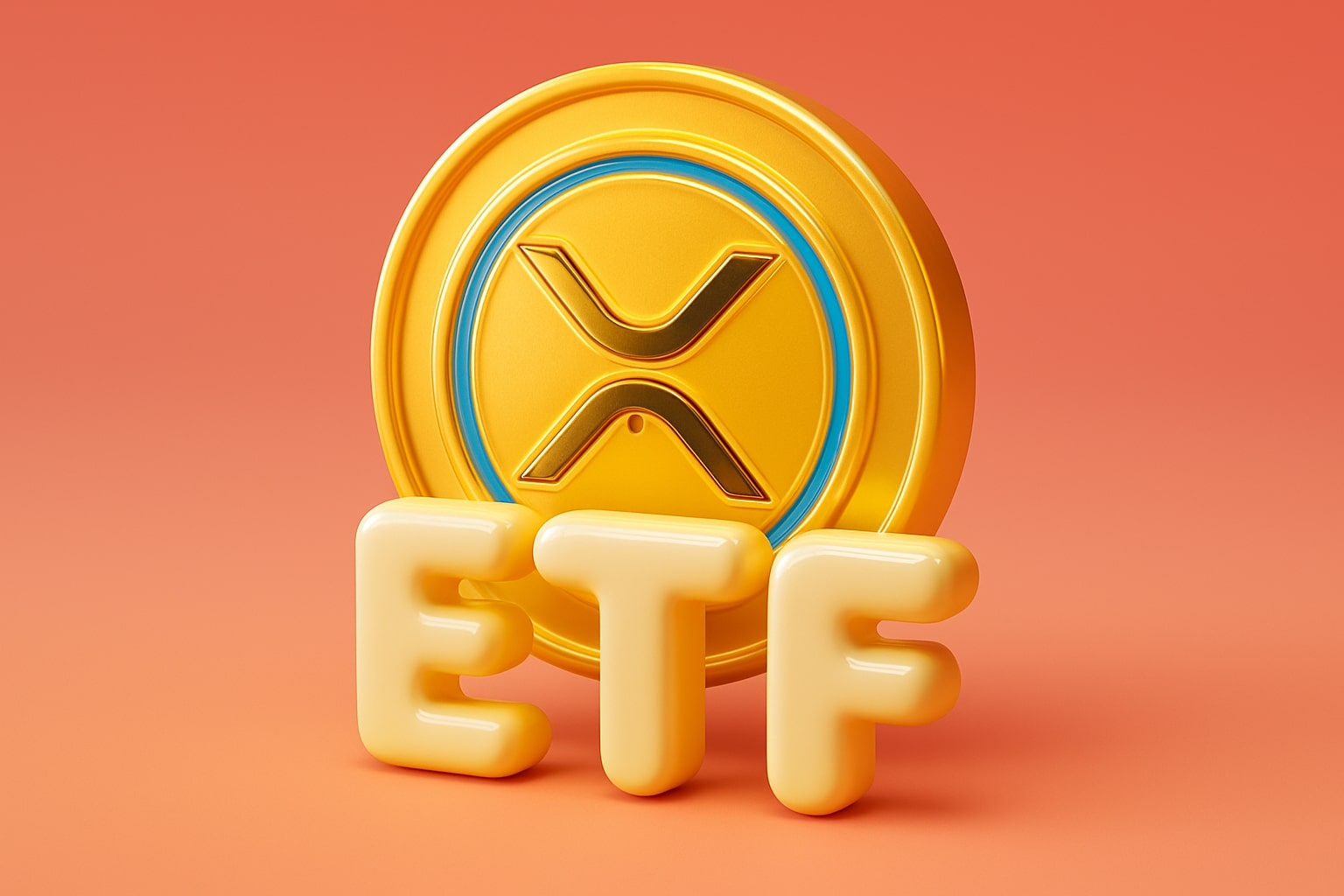
XRP ETFs XRPI and XRPR Launch After SEC Approval — Analysts See $10B Inflows, XRP Eyes $5 Target
XRPI closes at $14.13 and XRPR at $19.61 amid volatility; institutional holdings exceed $11B as analysts forecast record ETF inflows, reshaping XRP’s liquidity | That's TradingNEWS
Ripple XRP ETFs (XRPI & XRPR) Ignite Institutional Momentum as U.S. Approvals Fuel Billions in Expected Inflows
The long-awaited XRP ETF era has officially begun, marking a turning point in crypto’s institutional evolution. XRP (XRP-USD) traded near $2.42, down 7.38% amid broad market weakness, but the structural significance of new XRP ETFs — NASDAQ: XRPI and BATS: XRPR — far outweighs short-term volatility. Following SEC auto-approvals of multiple filings, including those from Bitwise, CoinShares, 21Shares, Grayscale, WisdomTree, Franklin Templeton, and Canary Capital, analysts forecast $5–$10 billion in ETF inflows within the first few months of trading — a scale comparable only to Bitcoin’s ETF debut earlier in 2024.
XRPI and XRPR Price Action Reflects Initial Volatility Amid Historic Launch
The XRP ETF (XRPI) closed at $14.13, down 7.77% on the day, before recovering to $14.41 (+1.98%) in after-hours trading. It opened at $14.78, hit a high of $14.78, and a low of $14.07, signaling early volatility typical of fresh institutional products. The REX Osprey XRP ETF (XRPR), listed on BATS, ended at $19.61 (-7.98%), after an intraday high of $20.58. Despite the pullback, XRPR’s historical importance as the first XRP-linked fund to surpass $100 million AUM remains unmatched. It operates under a distinctive ‘40 Act structure, classifying it as an investment company — an innovative path that enabled it to predate full SEC spot approvals.
Regulatory Greenlight and SEC’s Auto-Effective Wave
The rapid-fire approval of seven XRP spot ETF filings follows months of anticipation after the Ripple vs. SEC litigation settlement, which clarified XRP’s status as a non-security. The auto-effective S-1/A mechanism, used during the U.S. government shutdown, allowed issuers to bypass manual SEC delays. Canary Funds became the latest to file its S-1 update, removing the delaying amendment and targeting November 13 for launch on Nasdaq. SEC Chair Paul Atkins endorsed this process, emphasizing regulatory efficiency for digital asset ETFs, a stance mirrored in earlier Solana (SOL-USD) and Litecoin (LTC-USD) approvals.
Analysts Predict Record-Breaking Institutional Demand
ETF veteran Nate Geraci and Bitwise CIO Matt Hougan both projected extraordinary demand, expecting XRP ETFs to “easily surpass $1 billion” in the first months of trading. Canary Capital CEO Steve McClurg expanded that range, suggesting $5–$10 billion in potential inflows, making XRP one of the most successful crypto ETF launches in history. Market makers estimate that institutional allocations could absorb 4–6% of circulating XRP supply within the first quarter post-launch, tightening liquidity and amplifying volatility in the spot market.
Institutional Positioning and $11 Billion in Corporate Holdings
Global institutions now collectively hold over $11 billion worth of XRP, according to multiple asset trackers. Key participants include SBI Holdings, controlling $10 billion in XRP reserves, and Evernorth, which recently launched a $1 billion XRP treasury program. The XRP Ledger (XRPL) continues to attract corporate adoption, driven by ISO 20022 compliance, On-Demand Liquidity (ODL) integrations, and tokenized real-world assets (RWA) that have surged 215% in Q3 2025 to $364.2 million. Ripple’s stablecoin RLUSD, now valued at $789 million, further strengthens institutional use cases by providing yield-bearing liquidity on the XRPL.
Market Performance and Technical Indicators
Despite structural progress, XRP-USD remains constrained between $2.40–$2.50, 27% below 2025 highs at $3.13. Futures Open Interest (OI) declined 40% to $4.46 billion, indicating a reduction in leveraged speculation. RSI momentum has weakened, reflecting retail apathy after a $19 billion crypto deleveraging event in October. Yet, technical support near $2.61 continues to hold firm. Analysts view this consolidation as base-building ahead of renewed ETF-driven inflows. Data suggests that every $1 billion in ETF demand could translate into a 7–9% upward revaluation of XRP, assuming static liquidity conditions.
XRP ETFs Set to Transform Liquidity and Corporate Payment Infrastructure
The approval of XRPI and XRPR is more than an investment milestone; it integrates XRP directly into regulated capital markets. The ETFs enable institutions to gain regulated exposure to cross-border payment infrastructure without holding the underlying tokens, bridging traditional finance with Ripple’s global settlement network. As a result, XRP’s transaction velocity is expected to rise by 30%, while settlement costs drop further below $0.0002 per transaction, reinforcing its role in global fintech.
Read More
-
Invesco QQQ ETF Hits $633 as Tech Surge and Fed’s Hawkish Cut Power Nasdaq Rally
30.10.2025 · TradingNEWS ArchiveStocks
-
Bitcoin ETF Inflows Soar to $931M as BlackRock’s IBIT Leads $324M Uptick, BTC Stabilizes at $107,547
30.10.2025 · TradingNEWS ArchiveCrypto
-
Natural Gas Price (NG=F) Steadies at $3.80 as 74 Bcf EIA Build and LNG Demand Set Stage for Winter Rally Toward $4.40
30.10.2025 · TradingNEWS ArchiveCommodities
-
USD/JPY Price Forecast - Yen Climbs to ¥153.90 as Diverging Fed–BoJ Policies Drive Dollar Strength
30.10.2025 · TradingNEWS ArchiveForex
Comparison to Solana and Bitcoin ETF Launch Patterns
The Solana ETF (BSOL) and Bitcoin ETFs provide critical precedent. BSOL recorded $70 million in day-one inflows, while Bitcoin ETFs accumulated $931 million in the latest weekly flows. Analysts see similar patterns forming in XRP, predicting a sideways price phase post-launch before a decisive breakout as inflows compound. Historical elasticity models suggest a potential $5 target by mid-2026 if XRP ETFs attract the predicted $10 billion inflow threshold.
Competitive Landscape: XRP vs. Emerging “XRP 2.0” Projects
Despite its lead, XRP faces pressure from Avalon X (AVLX) and Digitap (TAP) — dubbed “XRP 2.0” challengers — both focusing on tokenized real-world payments. Avalon X raised $1 million in its presale with property-backed staking, while Digitap’s hybrid model blends fiat, stablecoins, and crypto transfers. These projects may attract speculative attention, but none match XRP’s established infrastructure or ETF-grade regulatory clarity.
Global Expansion: XRP ETFs Beyond the U.S.
The U.S. approval wave follows international success. Three XRP ETFs launched in Canada in June 2025, while Hashdex introduced the first in Brazil in April. Collectively, non-U.S. XRP ETFs manage roughly $600 million in assets, demonstrating global institutional appetite ahead of American launches. The REX Osprey XRP ETF (XRPR) remains the benchmark product with $100 million AUM, a 52-week range of $18.31–$25.99, and current price $19.61, positioning it as the institutional gateway to XRP exposure.
Macro Conditions: Fed Policy and Market Correlation
The Federal Reserve’s 25 bps rate cut to 3.75–4.00% indirectly amplified crypto ETF interest as investors shifted from yield assets into digital liquidity plays. Bitcoin (BTC-USD) at $107,547 (-3.74%), Ethereum (ETH-USD) at $3,749 (-5.08%), and Solana (SOL-USD) at $182 (-6.84%) illustrate a sector-wide adjustment period. XRP’s resilience during this turbulence highlights its distinct demand drivers — namely regulated ETF flows and corporate balance sheet adoption — rather than speculative retail catalysts.
Investment View: XRP ETFs Signal Structural Bull Market
The combined weight of XRPI and XRPR reshapes XRP’s market architecture, institutionalizing demand that was once purely speculative. With $5–$10 billion inflow projections, $11 billion existing corporate holdings, and a 215% quarterly surge in XRPL-based RWA adoption, XRP now operates as a financial infrastructure asset rather than a simple altcoin. While short-term price weakness persists, the fundamentals justify a Buy rating for long-term accumulation. Institutional traction, ETF liquidity, and global adoption align to position XRP-USD as one of 2025’s most asymmetric opportunities.














